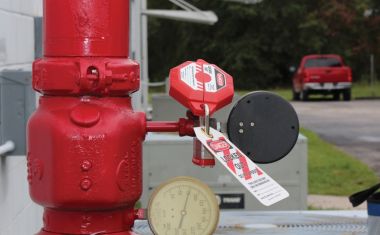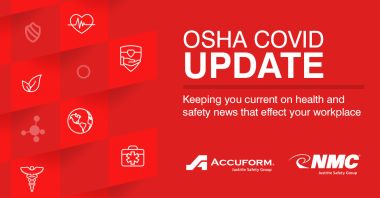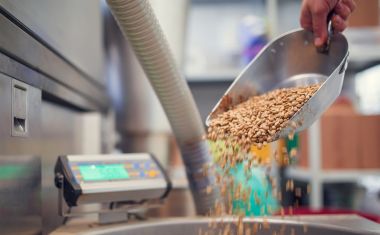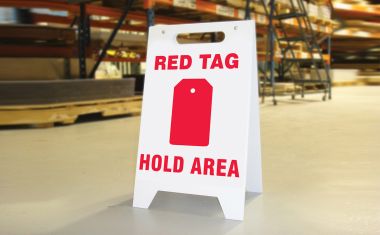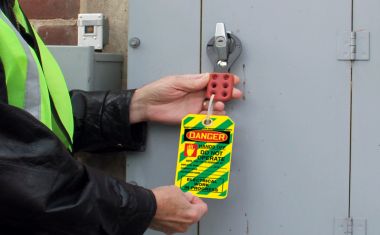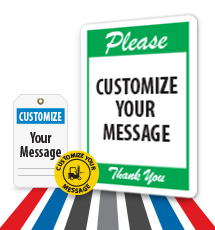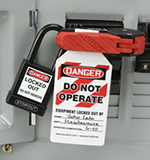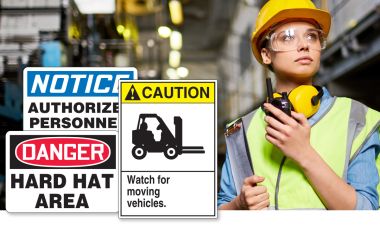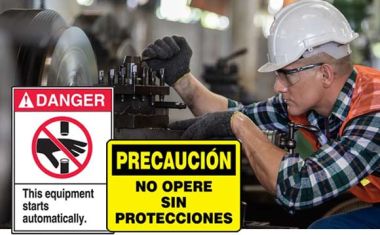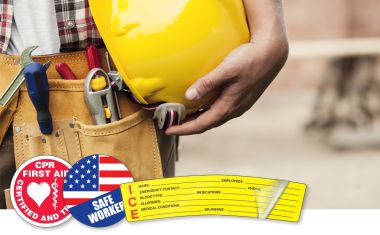8 Things to Keep in Mind This School Year
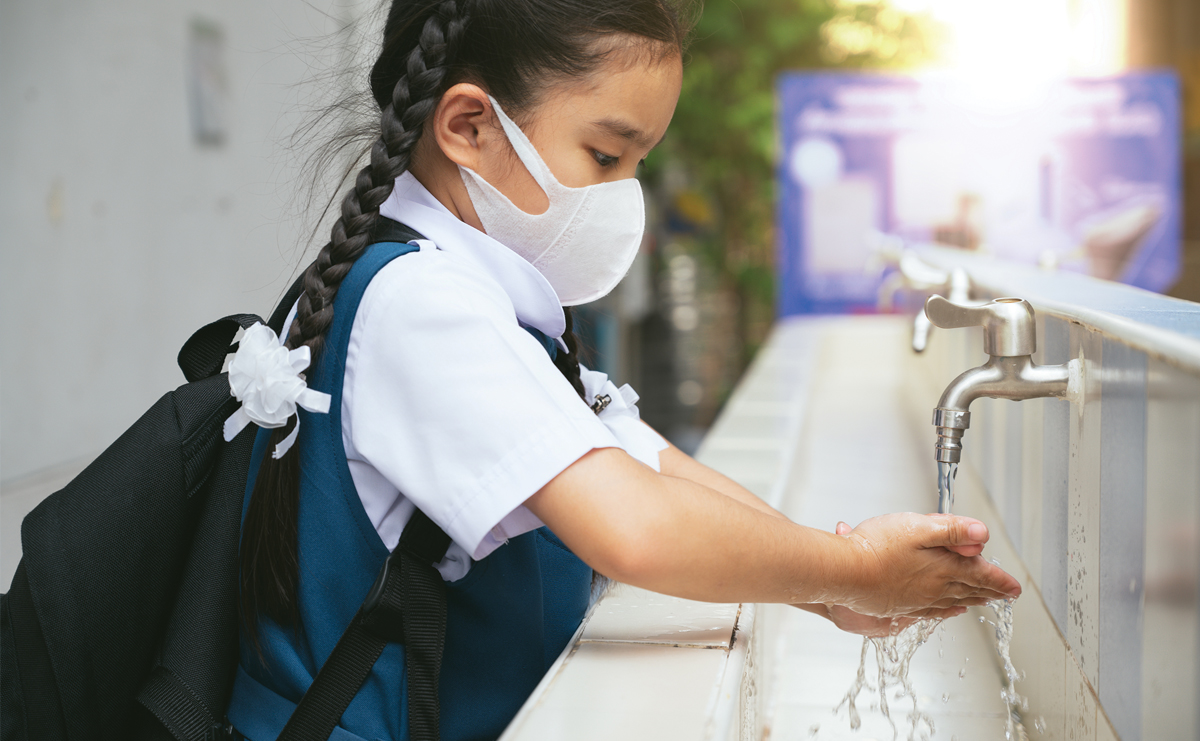
Protecting our future leaders from COVID-19 is the top priority as school rolls in this 2020-2021 year.
By all accounts, 2020 has been one for the books. But, it's been a brutal one for study books. Schools have been shut down for months, and kids have learned how to keep learning by virtual means.
Now that more in-person learning is happening, parents, students, teachers, and communities wonder if it's safe to open those doors again and bring them back. Should schools reopen? Are schools closing due to covid? Will back-to-school safety reduce health concerns? These are complicated questions. Most kids learn better in face-to-face environments and need to continue developing their social skills. But is it worth the risk? Here are eight things to keep in mind before that first bell rings.
Ready to get COVID-19 safety identification?
1) Not Enough Space for Social Distancing
Most schools have enough students that maintaining a proper social distance of 6 feet between students may not be physically possible. You'll want to rearrange classrooms to maximize the space and spread out the desks. Lockers? Forget about them. Have students bring what they need in their backpacks.
Keep in mind that students, be they very young or teenagers, may be less inclined to maintain social distancing measures. Faculty will need to be on the lookout for grade-schoolers sharing toys. Teenage lovebirds? Try keeping them six inches away from each other, much less six feet.
2) What About Campus Visitors?
Do what you will, there are bound to be a few campus visitors during the day when schools reopen. You can try to minimize visitors by having virtual parent meetings and limiting unnecessary visitors like sales calls. The key is to put together a plan.
Who will greet visitors, and where? Can you establish one "safe zone" or one classroom to use for all visitors? Once you have a plan in place, the CDC recommends posting signage to give your visitors a heads up to your game plan before they step foot through the door.
3) Kids Don't Like Wearing Masks
If you think it's tough to get adults to wear face masks in public, trying to get a teenager or a kindergartener to keep one on. Teachers should do what they can to remind students to keep their face masks on and to avoid touching them more than necessary. If possible, place signage around the building with reminders.
Allow students some time out of doors to seclude themselves and take off their masks for a time. A short break can go a long way.
4) Kids Aren't Great About Washing Hands
Maybe times have changed enough that the importance of frequent and thorough handwashing has been imprinted on today's students, but they're still kids. They forget to do things. They neglect to do something even if they know they should, just because...well, because!
Having plenty of hand sanitizer around is a must, but it's not a replacement for handwashing. Providing access to handwashing stations as well as educating students on proper handwashing techniques is essential. Nothing protects their health as well.
5) Busses Need Special Consideration
Anyone who rode the bus to school as a kid knows that school busses are a far cry from sterile environments. Many parents may opt to have their children avoid the bus, and that's fine. For some students, though, it's their only real means of getting to school each day.
A few precautionary steps can help keep virus exposure on school busses to a minimum:
- Mark off seats to optimize social distancing as much as possible
- Weather permitting, keep windows open to promote the flow of fresh air
- Assign seats if possible, so students are close to the same people each day
- Do not allow any adults or other unnecessary riders on the bus
- Clean and sterilize the bus interior after every trip
6) A Student Gets Sick During the School Day
This is a scary one. There's always a chance a student will come to school and only then begin to feel symptoms. You can (and should) encourage students to stay home from school if they are feeling any symptoms at all. It doesn't matter if it's just a cold, the flu, or telltale signs of COVID-19. It's important to get parents on board with this thinking as well.
But what's the plan for the student who gets ill while in class? If it's easy to send them home, great. Do that. But if not, you'll need to get them into some quarantine to keep your other students safe. Try to do this as discreetly as possible. You know how kids can be.
Establish a room that can work as a quarantine area for sick students. Make it as comfortable as possible for them while they wait for medical attention or family. Find one that's big enough to have a couch or something so they can lie down.
It may seem paranoid to have a quarantine room, but it will be necessary for a while.
7) Keeping Playgrounds Safe
You know that merely having kids wash their hands after they're done playing isn't nearly enough. Kids, especially small children, don't just play on playground equipment, they may very likely put their mouths right on it. If not, they'll surely touch their face and mouth while playing.
While outdoor transmission of the virus is notably lower than indoors, it's still best to keep precautions. Limit the number of kids who can play on any one piece of playground equipment and limit each student to one per recess. Have the items on the playground - like the swings, slides, basketballs, tetherball, for example, been wiped down after each period? Even kids who aren't playing on or with equipment should be limited to small groups and maintain social distancing as much as possible.
8) What about lunch?
No buffet lines, please! Students should be encouraged to bring their lunches to school and eat in their classrooms to avoid large gatherings. The school should feed those who don't or can't bring a bagged lunch, instead of going through a lunch line.
Stagger lunch periods to minimize the number of kids in the cafeteria at any time and mark seats to promote social distancing. Clean and sanitize between each period and mark spaces with proper floor marking.
Consider using alternative areas for lunch breaks, including outdoor areas or rooms that are well ventilated.
Back to school Won't Be Back to Normal
Many experts agree that the benefits of getting back to school are worth the risks. That doesn't mean that the risk shouldn't be taken seriously. You want kids to get back to learning and back to socializing, but in the safest way possible.
When you are ready to start thinking about bringing your students back to school, start with the FREE Back to Learning COVID-19 Guide. You'll find the information you need to know before getting back to school and a few tips for optimizing your campus for healthy learning.
Stay safe, and well!
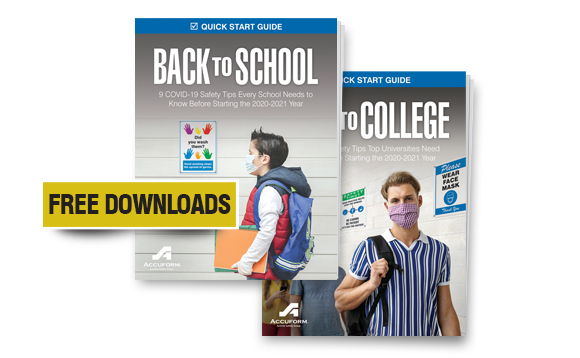
Download these guides to learn quick tips every school needs to know this school year to help in the event of an onsite infection and find practical resources to help staff and students from contracting COVID-19.
